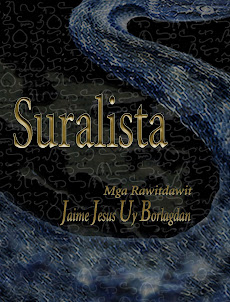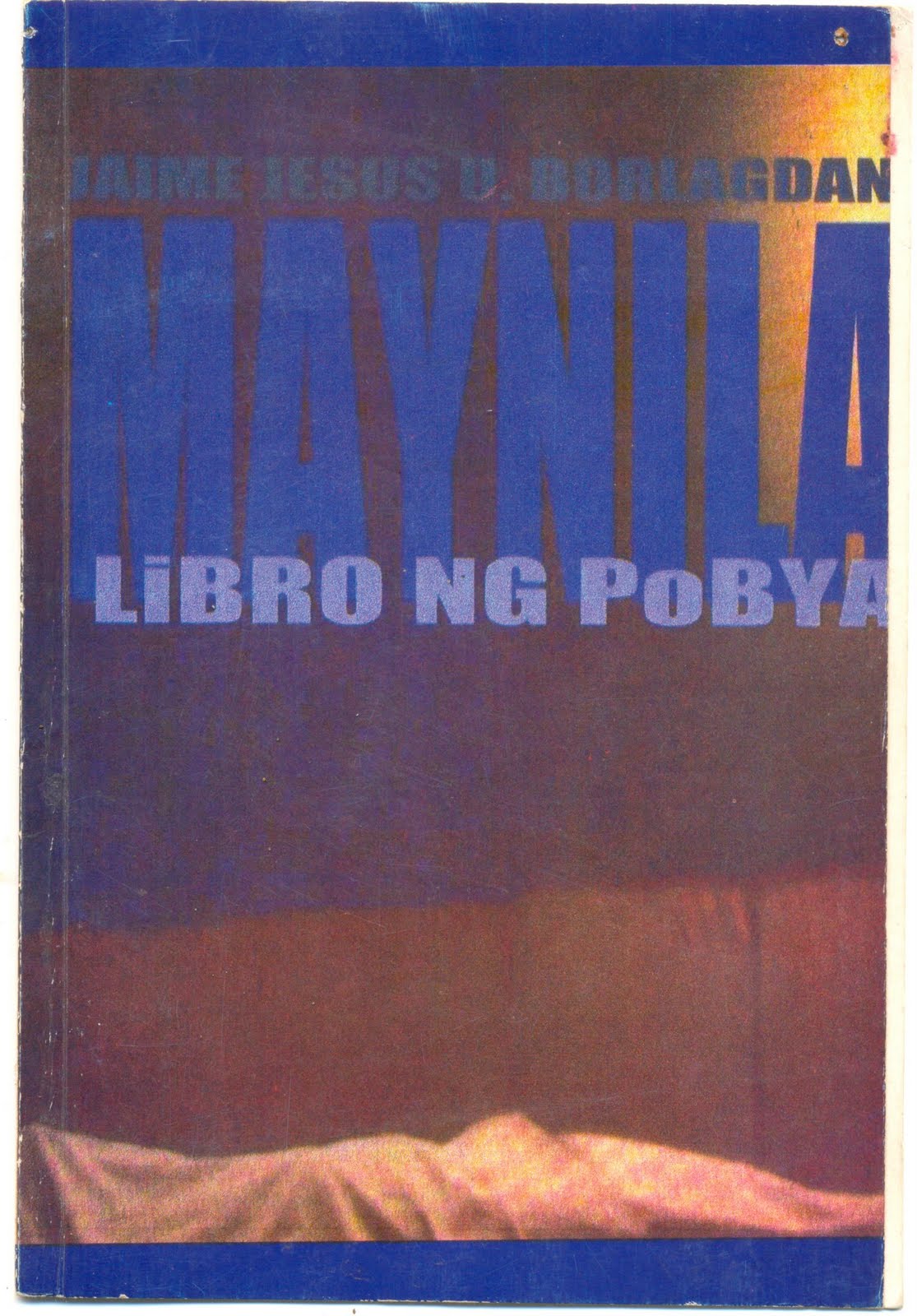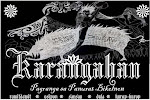sa katrangkiluhan kan mga nagkawaralat ni Jaime buda Cesar
Saro ining terminal kun sain may nag-aarabot buda may
naghaharali. Magayon na kinaban ki mga tukawan buda basahon, igwang kaunan, mga
tindahan ki kun ano-ano, mga telebisyon, gabos ini yaon ngani maging
matrangkilo an paghalat. Bako
karaw-karaw an paghalat digdi sa terminal ta dai ki nakakaaram kan eksaktong
oras kan byahe. Kaya ngani maaling, minahanap kitang makakahuron, o kun bako
man minapurupasyar kita ngani mahiling ki ibang ta’nawon, nugad ngani kun ngana
na an satong langkag minahanap kita ki kalwagan o kulugon, o nugad nakikiiwal
kun nadidingkilan o kun may muyang umagaw kan satong tukawan, o nugad minahanap
ki mamamaruan sa kasilyasan. An iba sato minabasa-basa kan mga basahon, an iba
minakaon-kaon sa kakanan, an iba minatangka sa hampang kan darakulaon na
telebisyon, an iba an kaogmahan sa pagbitbit ki mga magabaton na pinamakalan sa
mga souvenir shops buda bazaars, ta masakit saparon an paghalat--makabua. Sa
nganang takot tang ma-bore sa paghalat na-master ta an pag-arat sa sadiri.
Tuminibayon kita sagkod sa nalingwan ta na kun nata kita yaon sa terminal:
nag-abot kita para humali. Nalingawan ta baya ini dawa oras-oras man igwang
naghahali, oras-oras igwang nag-aabot. An sabot ta sana gabos kitang yaon pa
digdi, kaipuhan maghalat: an iba mas haloy kaysa iba, arog kaitong kuruba na sa
saiyang tukawan na su gabos niyang kataning nagharali na lamang siya dai pa; an
iba man minaabot pa sana, turutadtaod nakakahali na. Digdi garo sa terminal
namukna an kaogmahan, sa pagkalingaw, digdi man nakrear an kamunduan, sa
pakarumdom. Makangalas ngani kun nata naging makamundo an paghali kun ini mismo
an minaparumdom sato kan rason kun nata kita anion. Ugaring makamundo baga
mananggad kun sa tahaw kan magayon na huron kan ba’go mong kamidbid, aapudon ka
na kan kunduktor; o mantang nagkauyon na kamo kan kataning mo sa channel kan
telebisyon, oras niya nang sumakay; o mantang dakulon ka nang pinamakal na
kaunon, mahungit ka na sana, yaon na su saimong lunadan. Sisay an dai
mapupungaw sa sarong tawong matatapos na su nobelang pigbabasa, dangan man
kaipuhan humali: Dai niya na maaaraman kun ano an katapusan kan pinu’nan. An
iba ugaring na mga nakakasabot, mataram, arog talaga kaan digdi sa terminal:
Bilang an oras. Sarong kabuahan an mamuyang umigad digdi, ta saro sana ining
istasyon, sarong punto kun sain kita pipaghalat, baad pigpapaipos o
pigtuturuan, ba’ go pumasiring sa sunod naman na dumanon. Dapat gayod hurop-huropon
ta kun arin mananggad an mas nagkakanigong ipagrokyaw: an umabot digdi sa
alanganin, sa daing kasiguraduhan, sa lugar na ginibo para bayaan o an humali?








0 comments:
Post a Comment